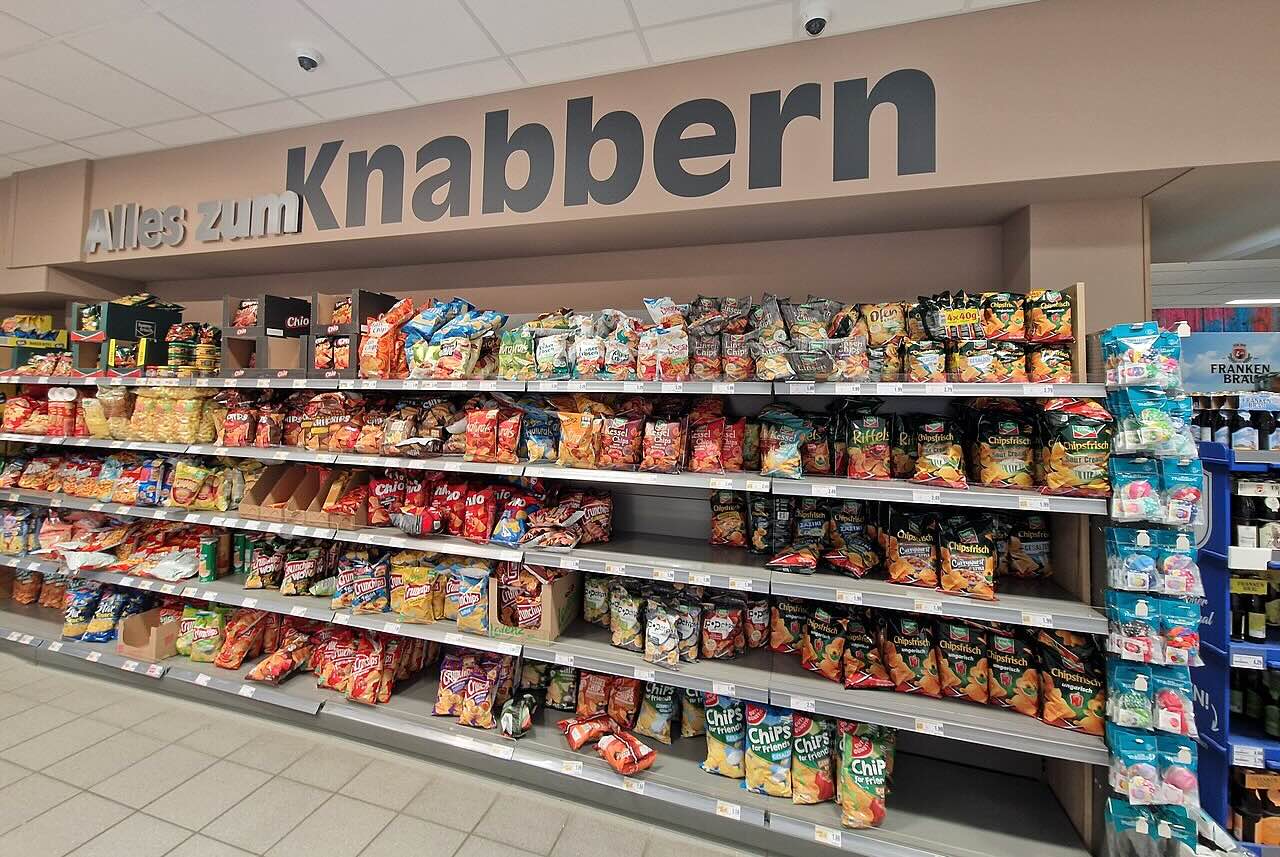
Retailers use their scale and scope of operations for leverage or bargaining power over manufacturers and suppliers. Big-box retailers are most notable for this bargaining power, which they use for strategic planning for maximizing profits in business relations with suppliers and manufacturers. Thus, this bargaining power affects the strategies of manufacturers and suppliers that depend on retailers for their sales revenues. For example, 3M and other manufacturers have strategies dealing with the bargaining power of retailers, like Home Depot, Lowe’s, and Ace Hardware. Retailers’ strategies determine business opportunities available to manufacturers.
The bargaining power of retailers is a strategic factor in the management decisions of manufacturers and suppliers. This leverage influences how manufacturers and suppliers compete to achieve their business goals. Retailers, especially big-box store chains, shape such a competitive environment. Manufacturers and suppliers can manage against this bargaining power, but retailers will continue exploiting their leverage and the business advantages it brings to retail business.
Factors that Enable Retailers’ Bargaining Power
The bargaining power of retailers comes with organizational size, market reach, and other factors. The major factors that form the basis of retailers’ bargaining power over suppliers and manufacturers are:
- Sales volume
- Market reach and distribution
- Market segment targeting
- Capacity to sell merchandise
Sales Volume. Large retailers achieve high sales volumes that enable leverage over manufacturers and suppliers. For example, Walmart, Costco Wholesale, Target, Whole Foods Market, Home Depot, Aldi, and other large retailers can impose their demands regarding merchandise cost and pricing. These retailers can set requirements on costs, selling prices, and other variables.
High retail sales volumes can ensure the profitability of goods from consumer goods firms, like Unilever, Procter & Gamble, PepsiCo, and Nestlé, as well as the home-use products of Starbucks and McDonald’s McCafé. These manufacturers/suppliers and their sales are at least partly under the influence of the bargaining power of large retailers that can offer high sales volumes.
Market Reach & Distribution. Some multinational retail companies have many stores that offer large-scale distribution and market reach. For example, the growing (but still limited) multinational market reach of Walmart, Costco, and Aldi creates bargaining power over firms that aim to generate profits from sales in various regional markets around the world.
This bargaining power factor also applies to the case of Amazon and other multinational e-commerce platforms. For instance, the international reach of e-commerce firms supports certain conditions imposed on suppliers and vendors that use these online platforms for reaching target customers. However, the bargaining power of e-commerce platforms is limited because of the significance of customer experience in brick-and-mortar operations compared to e-commerce.
Market Segment Targeting. Some products are designed for specific market segments. For example, low-cost and low-price goods are made for price-sensitive shoppers. Low-cost retailers, such as Walmart and Aldi, target these price-based segments of the retail market. On the other hand, some retailers can provide shelf space for certain types of goods, such as apparel and footwear. This means that some retailers that sell footwear and related items can use their bargaining power to influence the business performance and marketing strategies of sporting goods companies, like Nike, Puma, Adidas, and New Balance. Thus, through market segment targeting, retailers can create their bargaining power over manufacturers or suppliers of certain types of merchandise.
Capacity to Sell Merchandise. Some goods are too large for retailers. For example, store chains may not have sufficient space to offer large items, such as kitchen appliances or even small pieces of furniture. Those retailers that have space for such bulky goods have bargaining power over the suppliers, manufacturers, or vendors of these goods. This capacity to sell merchandise is a factor that depends on physical space for inventory and display, which is especially important in brick-and-mortar store operations.
Options for Manufacturers & Suppliers
Manufacturers can diversify to establish their own retail operations to limit the effect of the bargaining power of retailers. This diversification into retail business is observable in the cases of Nike and Puma, which have company-owned stores. These sporting goods companies use their own stores to reach target customers without relying too much on big-box retailers. Other companies, such as Starbucks and McDonald’s, already have their own locations that they can use to sell their home-use merchandise. Moreover, manufacturers and suppliers can establish their own e-commerce operations. For example, available information technology solutions for retail business can support online transactions between manufacturers and target customers.
Another option is for manufacturers and suppliers to establish their own network of sellers. For example, companies can enter special agreements with authorized resellers or outlets. The locations of these outlets should account for market reach, with the goal of maximizing sales revenues. This option can support business growth, as well as manufacturers’ control over the distribution and sale of their products to target markets. Authorized reseller networks can also complement company-owned stores. However, this option may come with some limitations, such as the effects of authorized reseller operations on manufacturers’ business relations with established partners, such as big-box retailers.
References
- Gleim, M. R., McCullough, H., Gabler, C., Ferrell, L., & Ferrell, O. C. (2025). Examining the customer experience in the metaverse retail revolution. Journal of Business Research, 186, 115045.
- Marín-García, A., Gil-Saura, I., Ruiz-Molina, M. E., & Moise, M. S. (2025). Sustainability and innovation as segmentation criteria in retail. Journal of Marketing Analytics, 1-14.
- Smith, D. A., & Ocampo, S. (2025). The evolution of US retail concentration. American Economic Journal: Macroeconomics, 17(1), 71-101.
- U.S. Department of Commerce – International Trade Administration – Consumer Goods Industry.
- U.S. Department of Commerce – International Trade Administration – Retail Trade Industry.
- Zhong, Y., Zheng, X., & Xie, W. (2025). Fulfillment flexibility strategy for dual-channel retail networks. IISE Transactions, 57(1), 104-117.